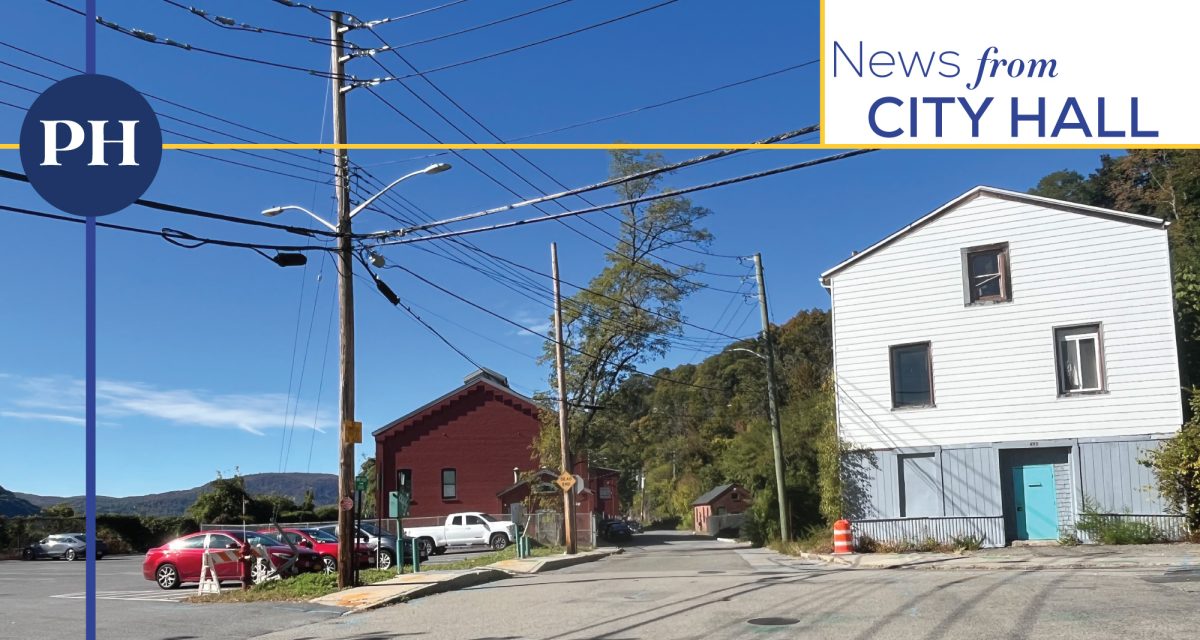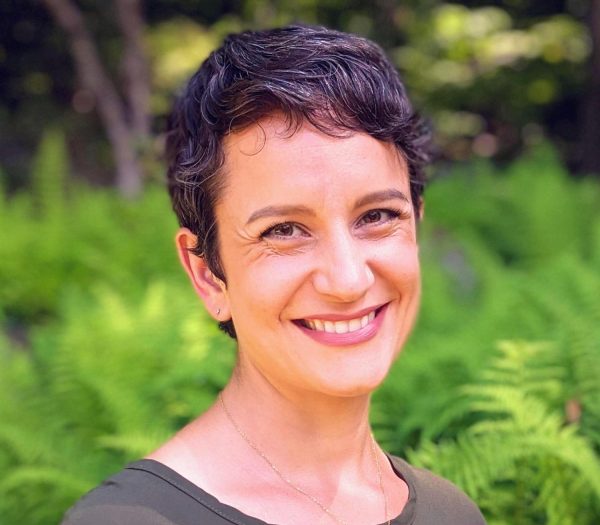Neighbors share, it’s inevitable. Whether it’s a cup of sugar passed through a gate or tearing down fences entirely, community is forged by the give and take with the people living closest to us. This is the story of sharing the most important parts of my life–family and gardens–with my neighbors.
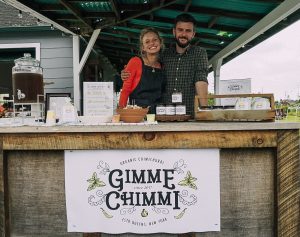
Elisabeth McAvoy and Chris Barrett moved to Peekskill in April 2018. I met them a few months later when we moved in across the street; our households were astonished by how many parallels our lives contained. As our families and gardens grew, so did my admiration for the thoughtful way they used their space to create the ideal habitat for raising a multitude of organisms, but most importantly, their own children.
This spring, as I watched Lis pick pounds of strawberries from a patch of once-lawn, I realized that most people could benefit from the wisdom and work of these neighbors of mine. For not a lot of money, growing plants in a way that strives to mimic nature (a gardening practice known as permaculture) has transformed Lis and Chris’s yard and their lives. They optimize the amount of food and cover available to animals and insects by planting a variety of types of plants, from hardwood trees down to perennial flowers. They cut down on their environmental impact by minimizing lawn, mowing with an electric mower, and creating rich flower beds that also act as tiny carbon sinks. They start vegetables from seed in the middle of winter, and when they don’t germinate, they take stock and start over.
For the past seven years, they’ve transformed a plot of lawn to a rich habitat for animals, insects, and birds. Two vegetable gardens (one dubbed La Querencia, after a Spanish term that translates roughly to “place one feels drawn to”, and the other Medieval Garden, inspired by trips to the Cloisters), multiple berry patches, and a chicken coop contribute to the resident humans’ plates. A bounty of wood chips – requested at no cost from local arborists and moved with old-fashioned elbow grease–mulch formal wildflower beds literally abuzz with pollinators. The yard teems with nooks and crannies that have been repurposed to support life, from the colorfully painted birdhouses to the chicken’s shady side yard and its Pawpaw trees.
As a gardener finding herself interested in how to most thoughtfully give back to the ecological community surrounding her, it’s been a joy to see this growth. My family has benefitted from the gifts of berries, tree cuttings, and wonder, which I now hope to share with you.
The interview that follows has been lightly edited.
What’s your goal with your property? How would you describe it — homestead, farm, etc?
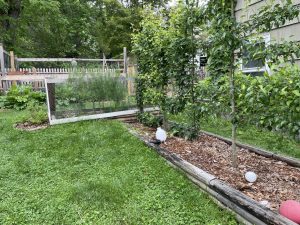
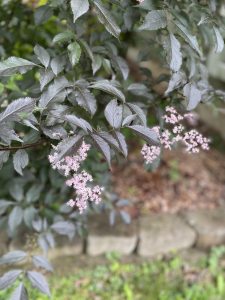
Lis: The ultimate goal is to have a “food forest”, which we can leave to our children. The yard is in the process now–we’ve planted a number of fruit trees, multiple berry patches, and we have two enclosed garden spaces for vegetables, as well as many flower beds to attract pollinators. Despite closing every growing season feeling as though we’ve maxed out our growing potential, we keep on finding more areas to dig up and plant in!
Chris: I wouldn’t say ‘farm’ since we’re not selling anything we grow, and ‘homestead’ implies a level of self-sufficiency that we just can’t get to in the space we’re working with; no room for cows or sheep, unfortunately! But I’ve always really liked the Russian idea of the dacha, this little getaway on the outskirts of the city where you’re growing as much as you can on what space you have–not only because it’s practical, but because it satisfies a deep need to connect to the land you’re living on and caring for. So I guess you could say we’re aiming for a suburban dacha of sorts–and yes, the goal is for our kids to inherit it and hopefully learn about the connections between plants, food, animals, and pollinators along the way.
How did you get to Peekskill?
Lis: As with many couples we have met in Peekskill, we spent many years in the city (Jackson Heights), and would take the Metro North to the Hudson Valley for fun. When it became apparent we were outgrowing our studio apartment, we began looking for a house in this place which we already knew we loved, and where we expected we could get a decent sized yard. When looking at houses, Chris was the one with the vision for our garden.
Chris: Lis and I only needed to visit once to know that this was where we wanted to be. It’s kind of a cliché at this point, but the balance between nature and city is just so incredible here, not to mention the diversity and how friendly and down-to-earth people are. We’re extremely fortunate to be here.
How did you get interested in gardening and permaculture?
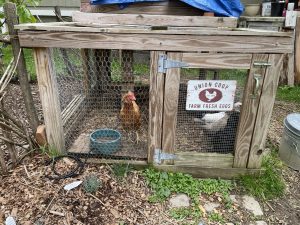
Chris: I owe a lot to the book “The Self-Sufficient Life and How to Live It” by John Seymour, which I picked up in college and which has been a “North Star” ever since. That, and hearing stories about my great-grandpa growing figs, grapes, and all sorts of things behind their apartment in Brooklyn in the midst of the Great Depression, when he had many mouths to feed. So a part of me has always equated land access and gardening with stability and agency when times are uncertain.
What are or were the biggest challenges in creating this garden?
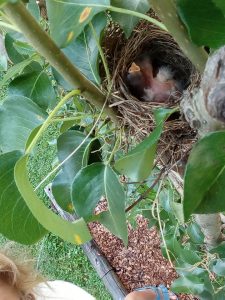
Lis: Well, we love to get “stuck in”, as [British star gardener] Monty Don would say, meaning you’re in the flow of gardening… however it’s really difficult to get “stuck in” when your 3 year old is constantly asking for pushes on the swing and your 5 year old needs repeated accompaniment inside the house for art supplies, tissues, etc.
Chris: The wildlife. With Blue Mountain Reservation just across the street, there’s no shortage of deer, groundhogs, and assorted predators trying to get at our hens. It’s always disheartening to walk outside and notice that something whose growth you’ve been admiring for weeks has been chomped down to nothing, or squirrels have made off with all the unripe pears again. But after seven years gardening here, I’m much more Zen about it; it’s heartening to know they’re benefitting from our garden just as we are. And in that same vein, the presence of birds, snakes, monarch butterflies, etc. is a sign that we’re doing something right–when the kids see that, I think they really understand that their backyard is a living place that they share with all sorts of creatures.
What’s something that surprised you about the process of establishing your garden?
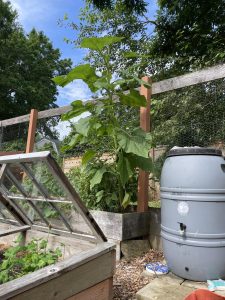
Lis: I love being surprised by “volunteers” [plants whose seeds happen to germinate without being intentionally planted]. Look–a seed survived in the compost and has found its ideal sprouting conditions right in this weird corner of the garden ! It’s fun to see that the whole process can work even without our involvement, sometimes. Oh–it’s also been surprising (and backbreaking) to find hundreds of bricks and a few big boulders buried in almost all the areas of our yard.
Chris: I’ve always been a very orderly–some might say OCD–gardener: this is a tomato bed, this is an eggplant bed. I would pull out volunteers, if they weren’t where they were supposed to be. Once I realized how undermining that was to our goal of growing a lot of food, and embraced Lis’s much more open attitude to gardening, things really took off, which I totally credit to her. Now we have 5 squash volunteers sprawling across the garden, and it looks a little crazy, but that’s, like, 100 pounds of bonus squash we’ll harvest this fall! When you support the conditions for growing and let go of control a little, you really get rewarded.
What’s the best piece of advice you could give someone trying to establish their own Homestead?
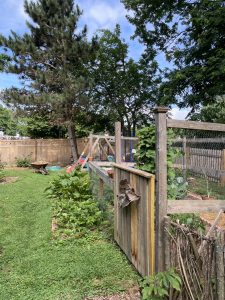
Lis: Wear a hat.
Chris: Scope out the big picture early on, and build around that with an understanding of things like, how much sun does my yard get? How does the water flow? Where are the cold pockets, or the super dry, sunny spots? Start with big ticket items, like fruit trees, which will be the “anchor” features you can plan around, and which will need years to get established. Go slow, adding little by little each year, and don’t be afraid to move things around and adjust as you learn more about your landscape.
What’s a must-have plant you’d advise other gardeners to include, and why?
Lis: The must-have plant is just that, the one the gardener decides they must have. There are wonderful reasons to grow most plants, whether your intentions are to beautify your yard, attract pollinators, grow food, improve your soil, etc. So, whichever plant it is you love, that is the one you will be happy to care for. We did not start out growing and caring for hundreds of plants, but our love for the process of caring for the few potted herbs on our apartment windowsill, and discovering how our proximity to those plants could really enrich our lives, is the constant that carries through to our gardening today.
Chris: Exactly what Lis said: whatever you enjoy growing, eating, or just looking at. Because if it’s not checking one of those boxes, then why bother? That said, I think you can’t go wrong with a fruit or nut tree of some kind–once established, that’ll be a source of beauty and food for decades. Most trees need another variety planted close by for pollination, so if you only have room for one, try coordinating with your neighbors and get
a little neighborhood orchard going. Pawpaws are native, very easy to grow, and produce a delicious fruit that you can’t find at grocery stores (though they’re starting to appear at farmer’s markets)–why not plant a couple of those?
What are some of the plants you’re growing?
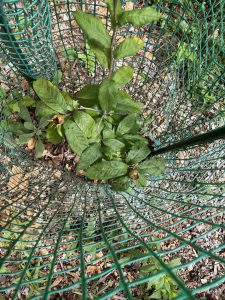
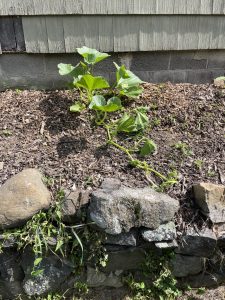
Lis: I’ve personally planted asparagus, stinging nettles, elderberries, many many strawberries, three pawpaw trees, black raspberries, and rhubarb, and these are the plants I like to baby. I also love my chamomile bed, which is very cheerful. As soon as we discovered how much children love berries, we planted quite a few blueberries, blackberries, and raspberries; we grow lots of peas for the kids too. Two vegetables/herbs I love to grow a lot of each year are rainbow chard and parsley. We are trying for fennel and some Cinderella pumpkins.
Chris: We just planted our first grape vine. I’ve wanted to grow grapes for years but have been hesitant since I know they’re a favorite of the spotted lanternfly, but so far they seem to be leaving it alone. I’m also really excited about our medlar tree, which is a fruit that not many people have heard of, unless they’ve seen it growing at The Cloisters in Manhattan. It was popular during the Middle Ages because it was one of the only fresh fruits you could get really late in the season, practically into the winter. They’re unique in that you have to let the fruits rot, or “blet”, a little before they’re edible–which sounds gross, but apparently they have the texture and flavor of cinnamon apple sauce. We’ve got four growing on the tree right now, so ask me again in November if they lived up to expectations!
Have you noticed a decrease in your grocery bills?
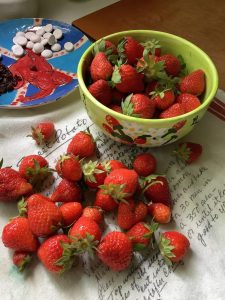
Lis: Yes, absolutely. I cannot imagine how much we’d be spending if we maintained our current diet but had to purchase all the foods. We try to keep our grocery bills low by eating as much as we can from the garden, for as many seasons of the year as we can (we are working our way later into winter and earlier into spring, and trying to store more), and that’s become a fun challenge–like, what percentage of what I ate today did we grow ourselves? But it’s not the main priority of the whole endeavor. We want our children to understand what’s seasonal, and how to grow it, and to consider that a normal way of life. They’re way more likely to try a bite of lettuce if they’ve watched it grow and can pick it themselves from the dirt.
Interested in hosting a virtual tour of your garden? Email Lucy at [email protected] and be featured in an upcoming issue!




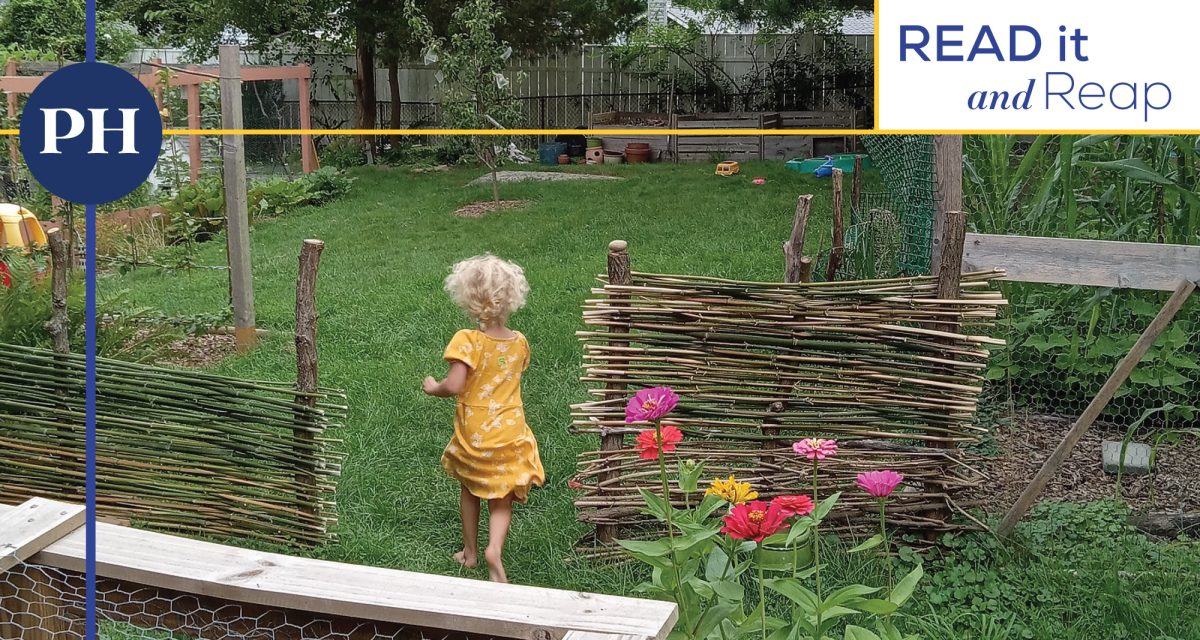

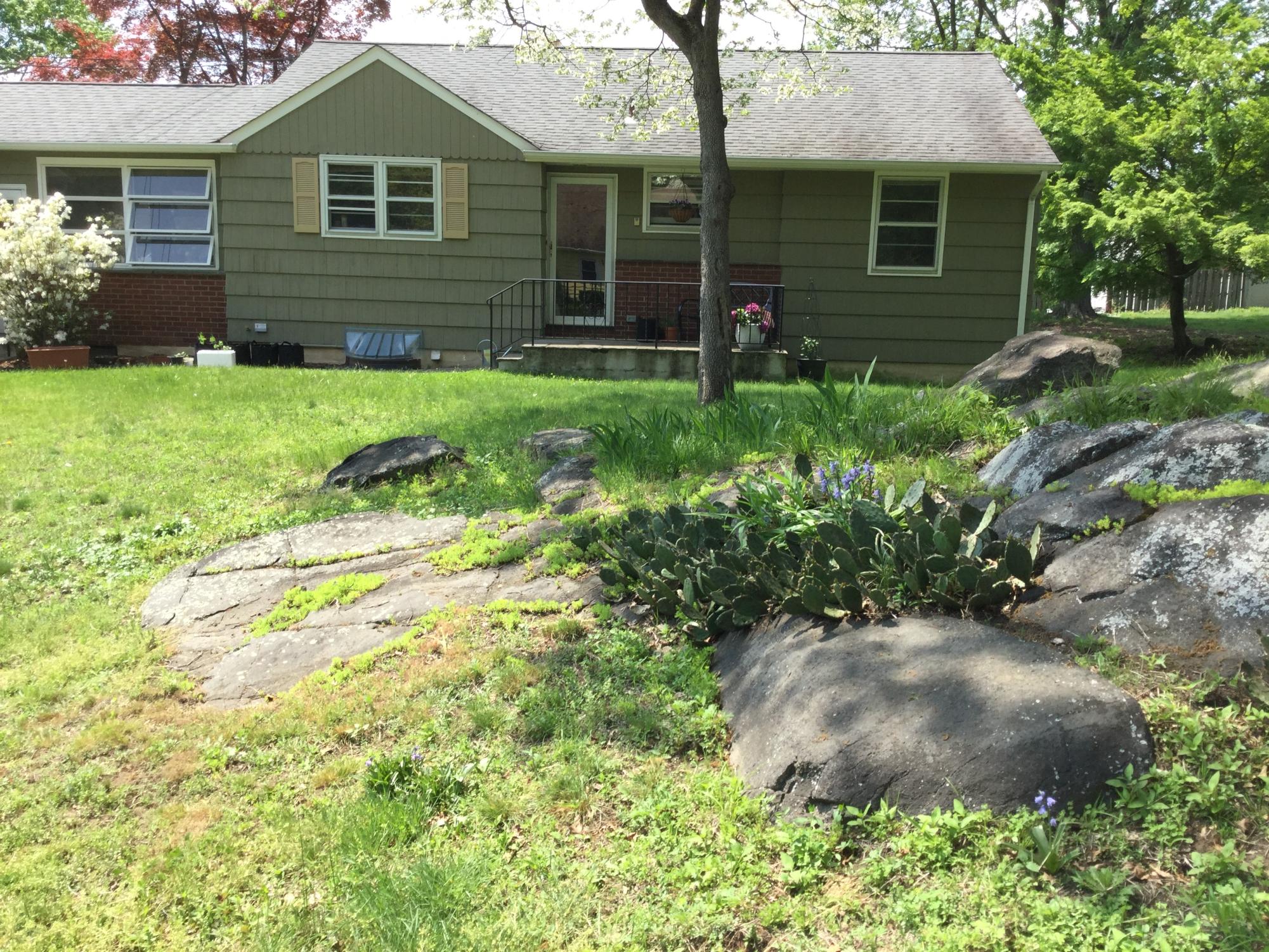
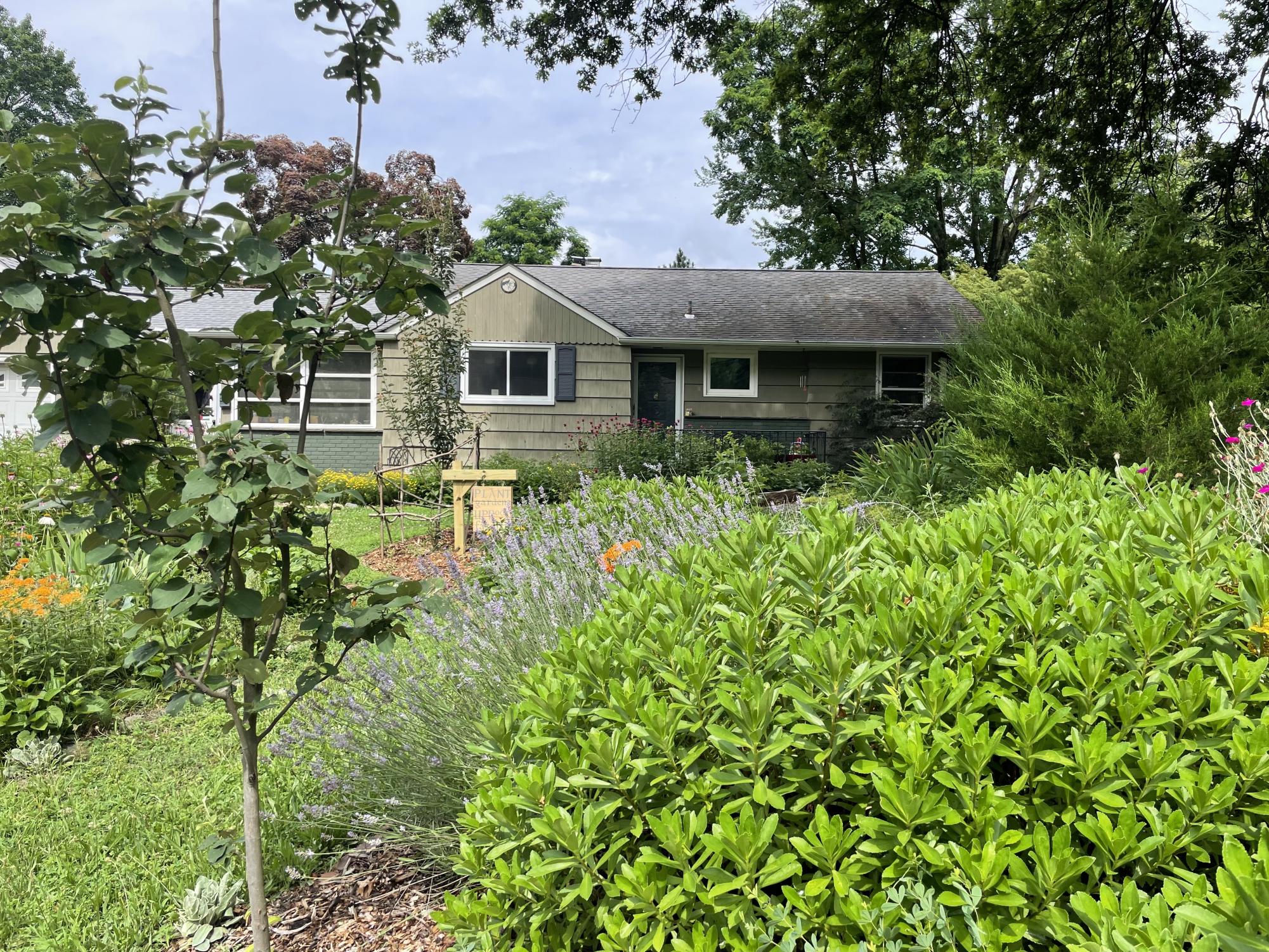
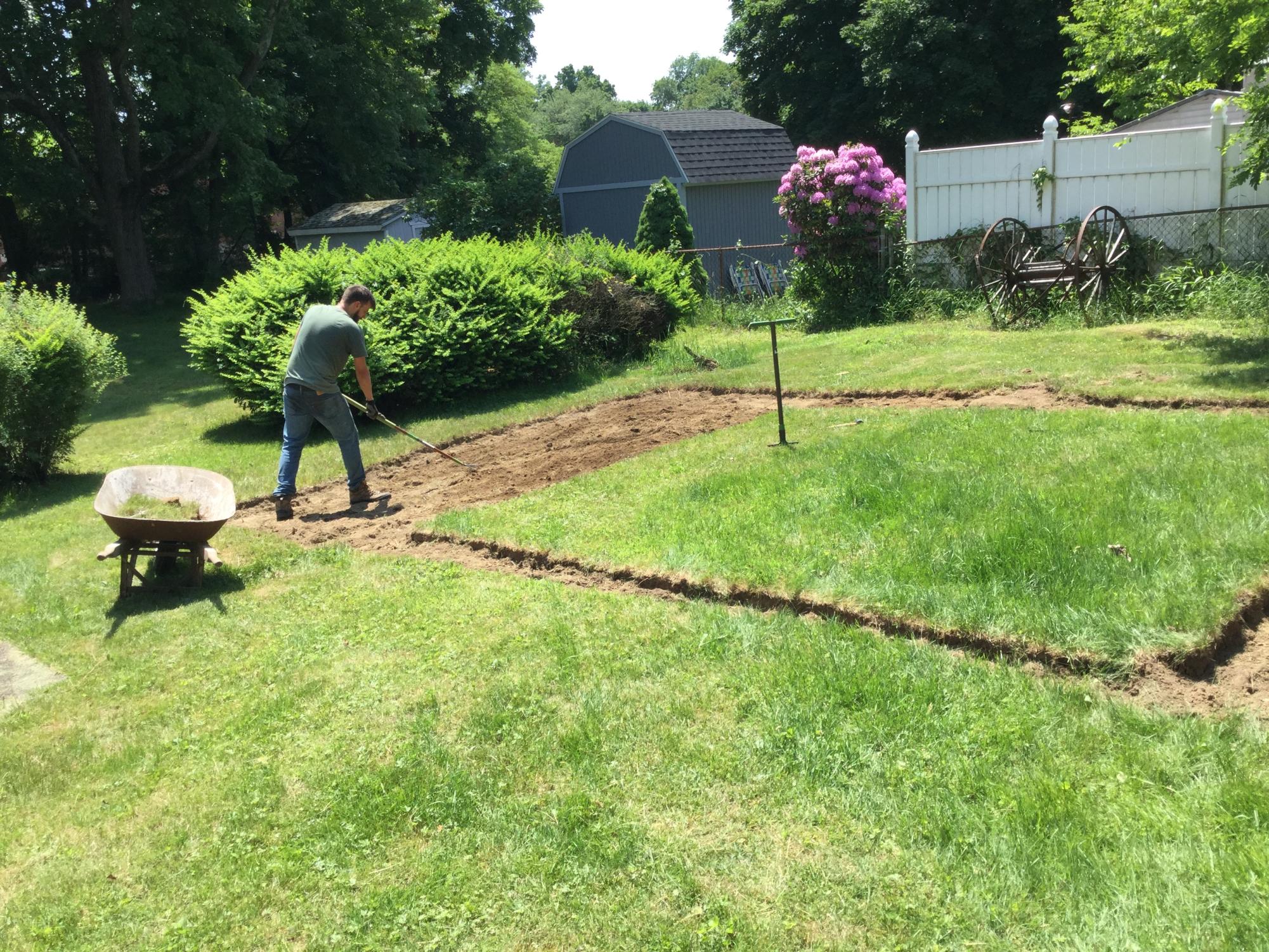
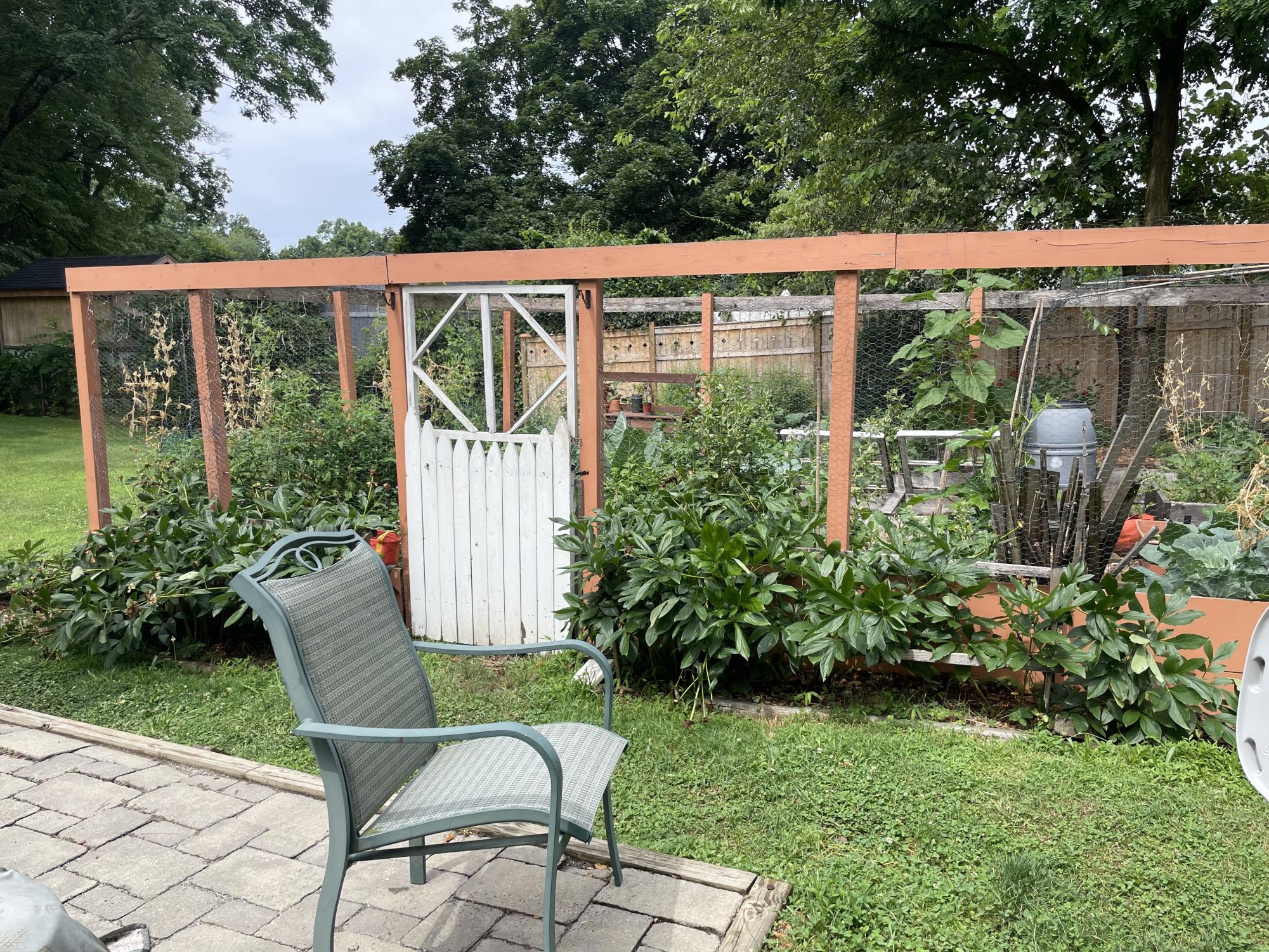
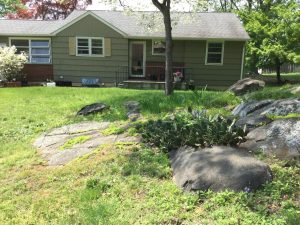
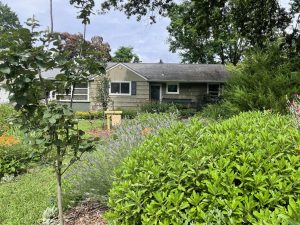
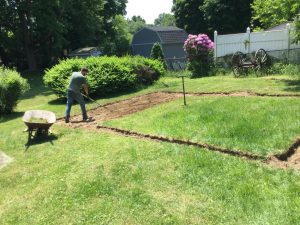
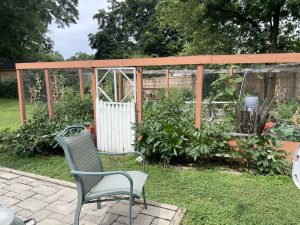

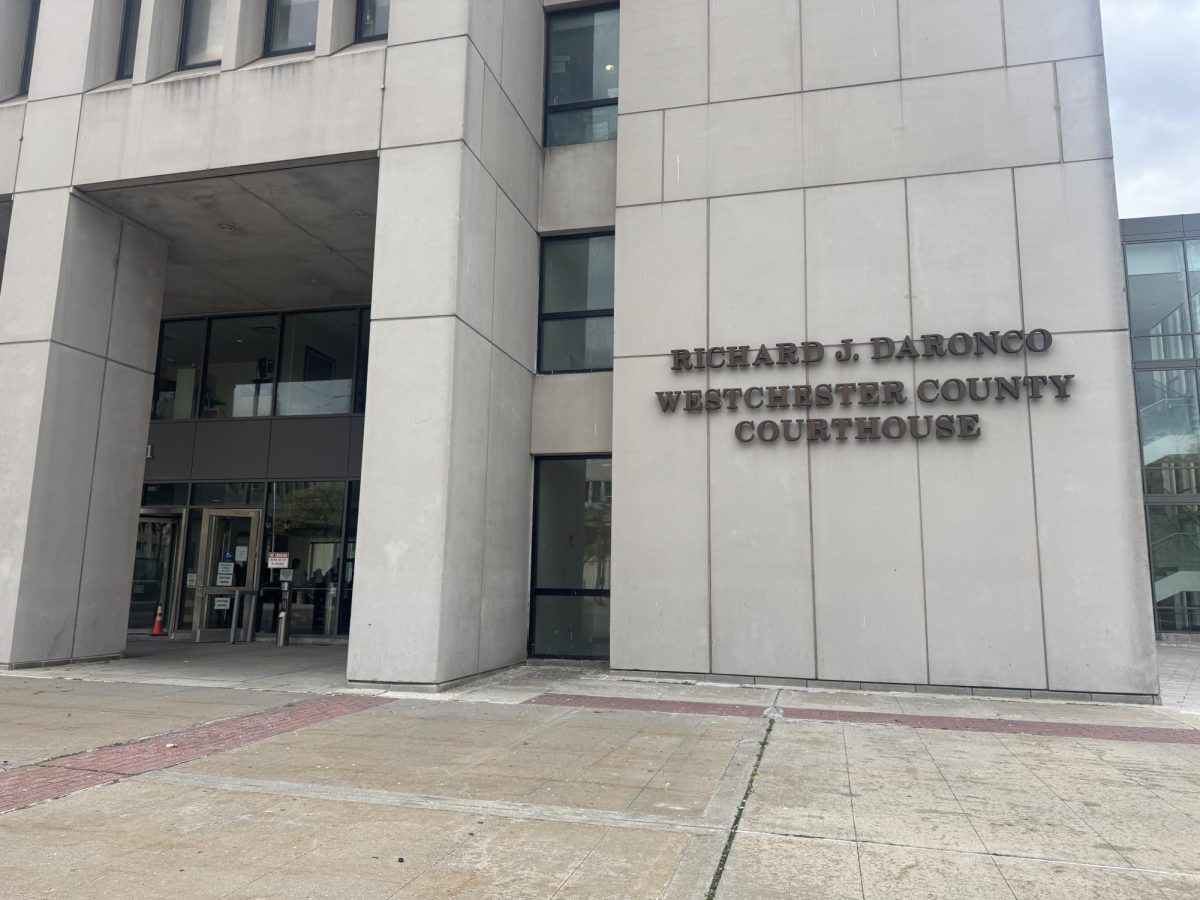


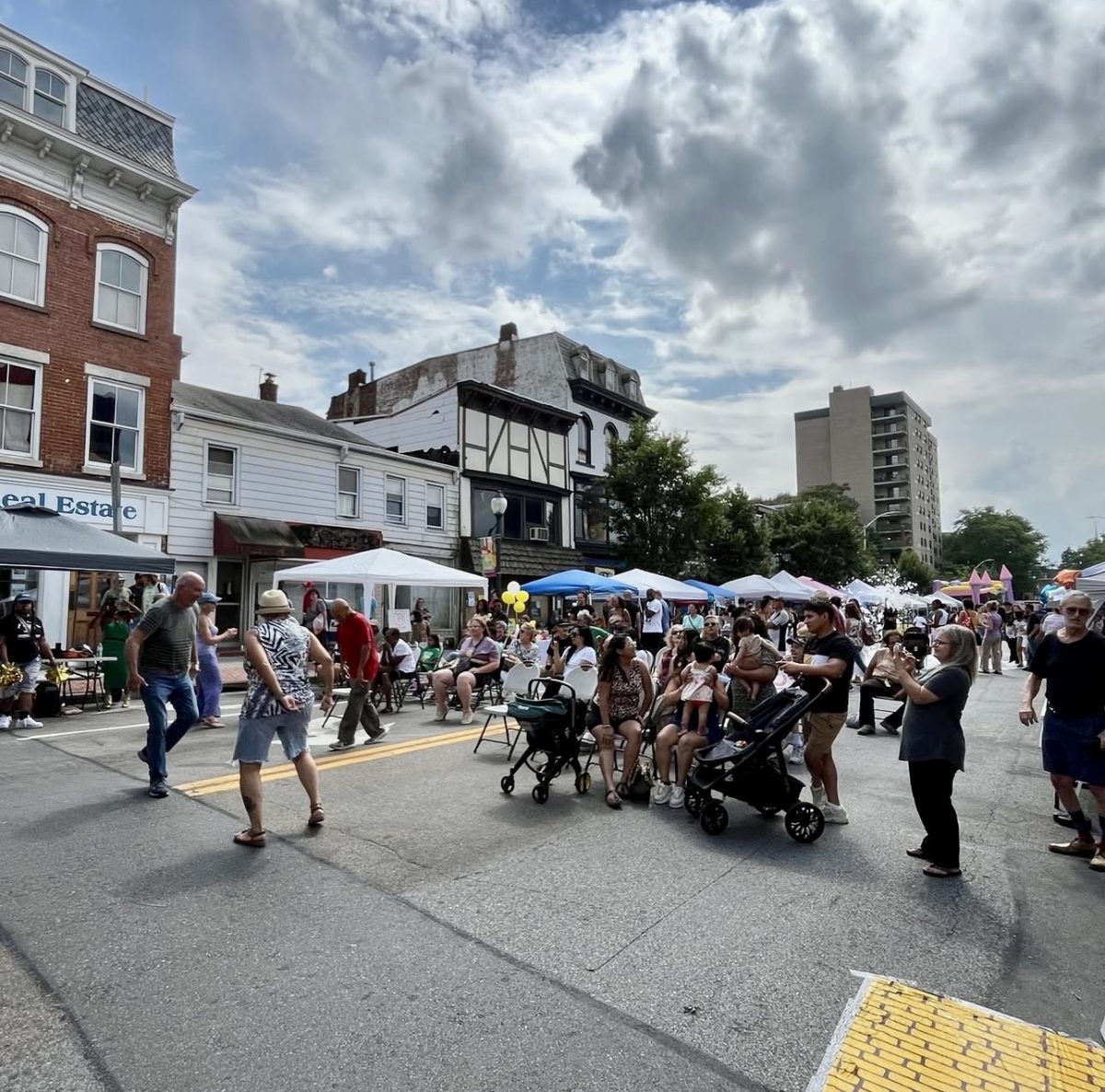
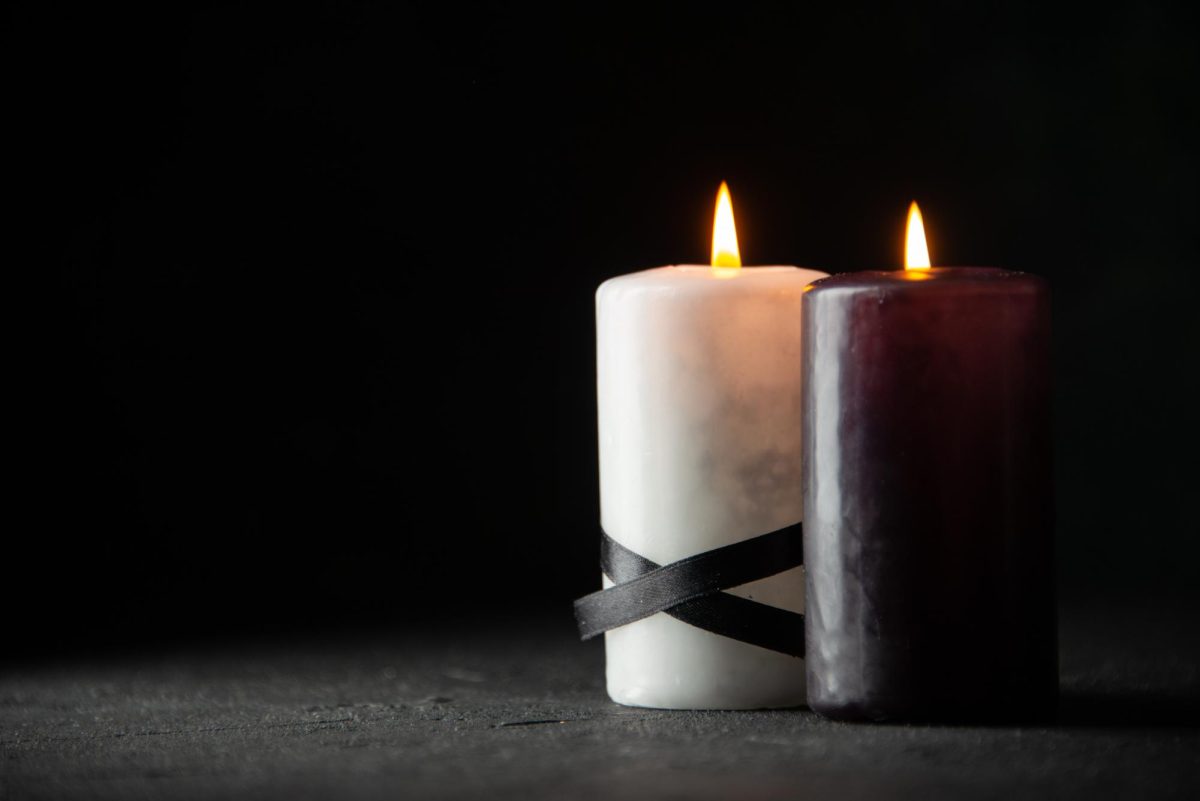



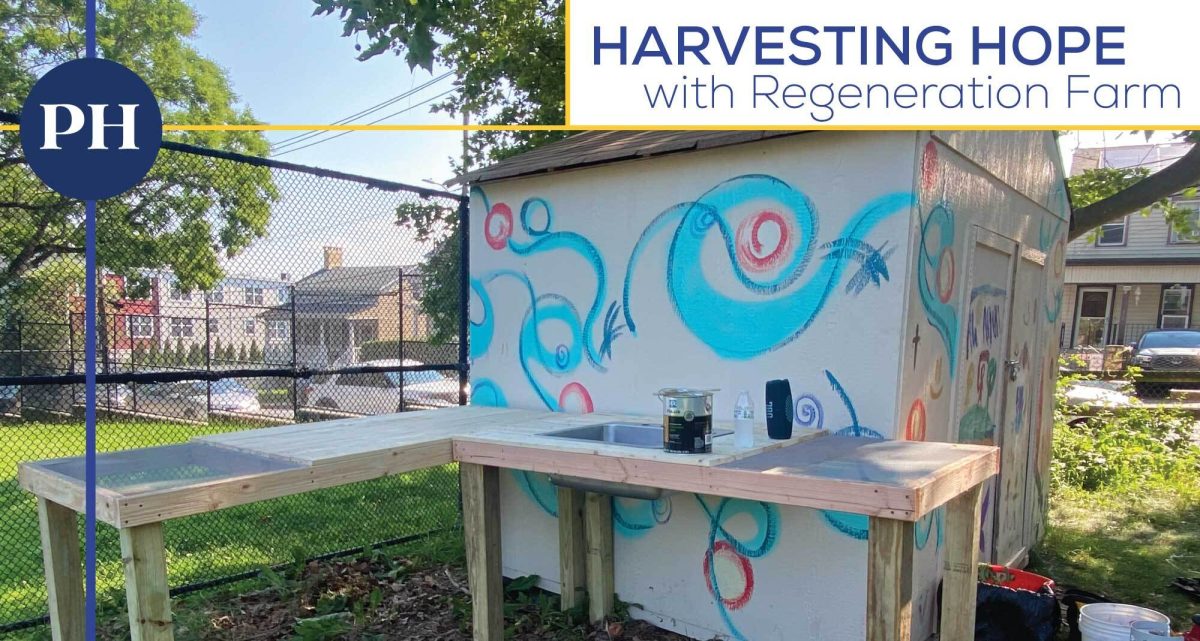

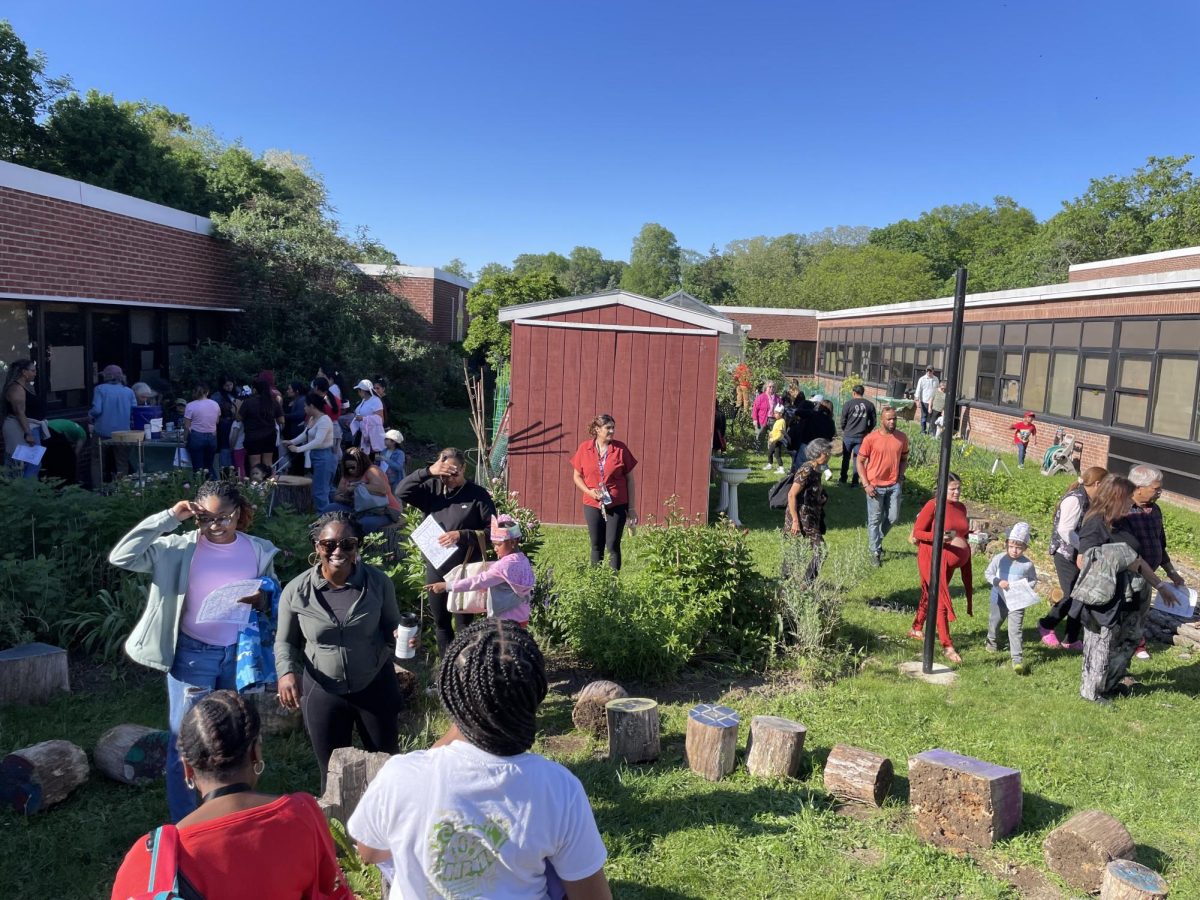


![Peekskill girls volleyball in action against Fox Lane on Oct. 16. (Peekskill City School District]](https://peekskillherald.com/wp-content/uploads/2025/10/Lead-photo-6-1200x640.jpg)
